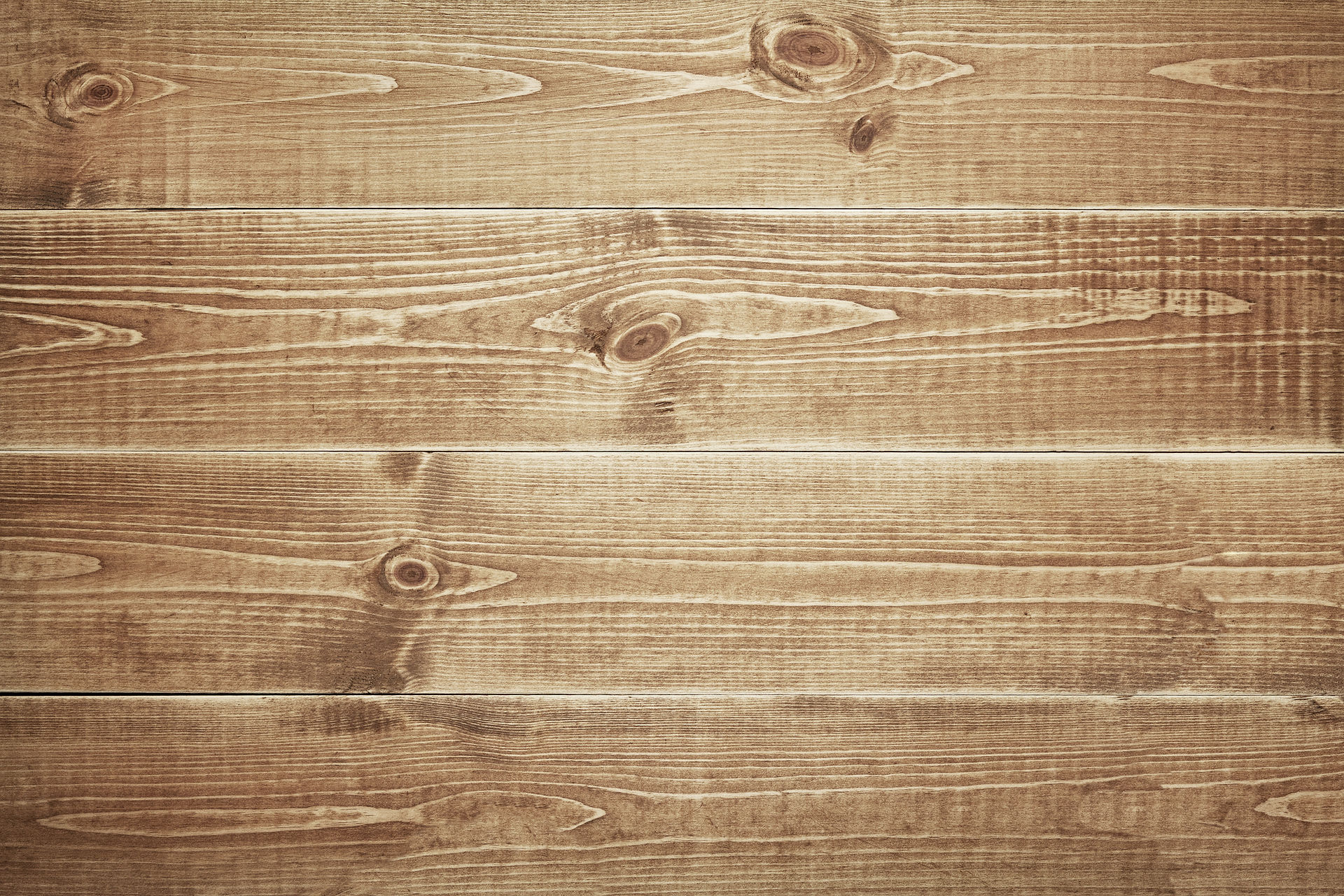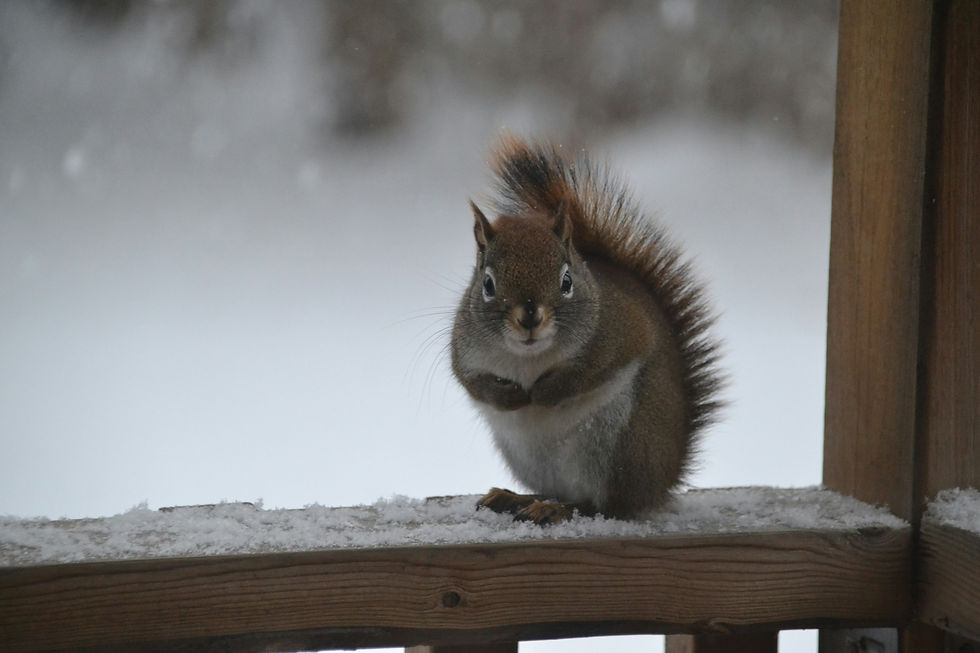What Kind of Wasp Is That—and Should You Be Worried?
- Jeff Overstreet

- Jul 2
- 4 min read

It’s that time of year again—June marks the start of wasp and hornet season in North Texas.
And if it feels like you’re seeing more stingers than usual, you’re not imagining it.
Warm weather, high humidity, and longer daylight hours create the perfect conditions for wasps, yellowjackets, and hornets to build and expand their nests. This is the time of year when small colonies explode into full-blown infestations—many of them dangerously close to your home, your yard, and your family.
In this post, we’re giving you the full lowdown: • What kinds of wasps are most common in our area • What their nests look like (and where they like to hide) • How to tell the difference between wasps and yellowjackets • What to do if you spot activity on your property
Let’s get into it—before they get into your house.
Meet the Wasps of Texas: Who’s Who in the Air
Not all wasps behave the same. Some are relatively docile unless provoked. Others will chase you across the yard just for walking too close. Knowing what kind you’re dealing with can help you understand the level of risk—and how urgently you need to act.
Red Paper Wasps
Red paper wasps are one of the most common types you’ll see in Texas. These wasps have slender, reddish-brown bodies and long legs that dangle when they fly. They’re social insects, meaning they live in colonies and build visible nests, usually in high, sheltered spots like under eaves or patio covers. While they aren’t aggressive by nature, they will sting if they feel threatened—and they don’t give much warning.
Black Paper Wasps
Very similar to red paper wasps but darker in color, black paper wasps are slightly less aggressive but still not something you want setting up shop above your front door. Their nests look the same—open-faced, umbrella-style structures with visible cells—and tend to appear in many of the same locations.
Mud Daubers (a.k.a. Dirt Dobbers)
If you’ve ever noticed small, muddy tubes stuck to your exterior walls or garage ceiling, you’ve seen a mud dauber nest. These wasps are solitary and rarely sting. In fact, they’re considered somewhat beneficial because they hunt spiders. Their long, thin “thread-waisted” bodies and relatively chill demeanor make them easy to identify—but don’t ignore the nests. Multiple tubes could indicate an active population.
Hornets
Hornets are larger and louder than most other wasps. They build fully enclosed, papery nests that can grow to the size of a basketball. These nests are usually tucked high up in trees, under overhangs, or sometimes even in wall voids. Hornets are extremely protective of their territory and will attack in swarms if disturbed—these are not the insects to go toe-to-toe with on your own.
Identifying the Nest: Shape Matters
Wasps don’t all build the same kinds of nests—and knowing what you’re looking at can help you figure out what kind of pest problem you’re dealing with.
Open, umbrella-shaped nests with hexagonal cells are typically paper wasps. These nests are often built in plain view and are attached to structures by a single stalk.
Small, dry mud tubes stuck to walls or ceilings are the work of mud daubers. They can look like organ pipes or rows of short tunnels.
Large, round, enclosed nests made of paper are likely hornet nests. These are often built high up and can grow very large as summer progresses.
No visible nest, but constant wasp traffic in and out of a small hole in the ground, wall, or eave? That’s almost always yellowjackets.
Wasps vs. Yellowjackets: What’s the Difference?
If you’ve ever been stung by a yellowjacket, you already know this: they’re not your average wasp.
While yellowjackets technically fall under the wasp family, their behavior and nesting habits are more aggressive and dangerous—especially for homeowners.
Here’s how they differ:
Appearance: Yellowjackets are smaller and more compact than most wasps, with shiny black and yellow bodies. Unlike paper wasps, they don’t have dangling legs when they fly.
Nesting Habits: Yellowjackets are sneaky. They build nests underground, in wall voids, attics, or even inside insulation. You may never see the nest—but you’ll definitely see the wasps coming and going from a small hole near your foundation or siding.
Aggression: Yellowjackets are highly territorial. They can sting repeatedly, and they don’t need much provocation. Mow too close to a hidden nest, and you could end up with a swarm on your hands.
Risk to Homes: Because yellowjackets commonly nest inside structures, they pose a real threat to your property. Left alone, a hidden nest can expand throughout walls and ceilings—sometimes chewing through drywall or insulation in the process.
What You Should Be Doing Right Now
If you haven’t already done a full sweep of your yard and home exterior this season, now is the time. Wasp nests grow fast, and what starts as a golf-ball-sized cluster can become a football-sized problem by July.
Here's your action plan:
Walk the perimeter of your home at least once a week, checking for nests in eaves, under patio furniture, around grills, and along fence lines.
Listen for buzzing in walls or attics, especially near vents or light fixtures.
Look for wasp “flight paths”—watch for patterns in where they’re coming from or going to.
Don’t disturb large nests. Paper wasps and hornets will defend their colonies aggressively. And if yellowjackets are inside your walls, poking around will only make things worse.
When in doubt—call a professional. DIY sprays are often ineffective for anything larger than a tennis ball, and they won’t work on hidden nests inside structures.
Worried You’ve Got a Nest on Your Property? Don’t Wait to Get Stung.
At Bug Zone, we handle every kind of wasp and yellowjacket problem—from quick nest removals to full property inspections and preventative treatments. Our experts know exactly where to look, how to treat each species safely, and how to keep them from coming back.
Call us today at (972) 867-9800 or email office@bugzonepest.com to schedule your service.
Summer should be for swimming, not swatting. Let’s make your yard sting-free.







Comments